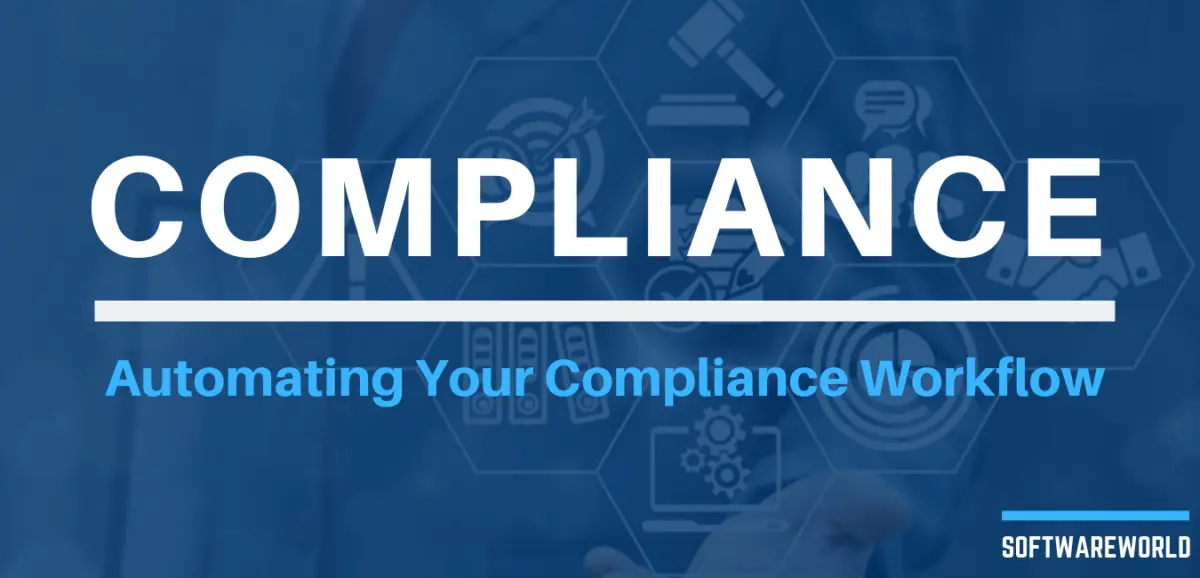Automating Your Workflow: Introduction to Scripting

Executive Summary

Automating repetitive tasks through scripting is a powerful tool that can streamline workflows, increase efficiency, and free up time for more valuable pursuits. This comprehensive guide will delve into the world of scripting, empowering readers to unlock its transformative potential for their businesses and personal lives.

Introduction
In an era where time is at a premium, the ability to automate mundane and repetitive tareas is essential for achieving optimal productivity. Scripting, the process of writing a coded set of instructions for a computer program to execute, has emerged as a game-changing technique in this pursuit.
Subtopics
1. Understanding Scripting Fundamentals
- Abstraction: Simplifying complex tasks by focusing on high-level concepts and hiding unnecessary details.
- Control Flow: Managing the order and flow of execution within a script, using conditional statements (e.g., if-else) and loops (e.g., for, while).
- Error Handling: Anticipating and gracefully handling errors that may occur during script execution.
2. Identifying Automation Opportunities
- Repetitive Tasks: Tasks that are performed repeatedly, with minimal or no variation, such as data entry, file processing, or email sending.
- Time-Consuming Processes: Complex or extensive processes that take a significant amount of time to complete manually.
- Prone to Human Error: Tasks that are prone to mistakes due to human oversight or fatigue.
3. Choosing the Right Scripting Language
- Python: Widely used, versatile language known for its readability and extensive libraries.
- JavaScript: Popular for web development and automation tasks involving web elements.
- Bash: Unix-based shell scripting language suitable for automating system administration tasks.
4. Writing Effective Scripts
- Modularity: Breaking down a script into smaller, reusable modules to enhance maintainability and flexibility.
- Portability: Ensuring that scripts can run on different platforms or environments without requiring major modifications.
- Documentation: Providing clear documentation to explain the purpose, usage, and expected behavior of the script.
5. Integrating Automation into Workflows
- Scheduling and Cron Jobs: Setting up scripts to run at specific times or intervals, automating tasks even when users are unavailable.
- Monitoring and Logging: Tracking script execution, capturing logs, and providing alerts for potential issues.
- Version Control: Using version control systems to track changes, facilitate team collaboration, and ensure script integrity.
Conclusion
Automating workflows through scripting unleashes a wealth of benefits, allowing businesses and individuals to streamline operations, save time, and unlock new levels of efficiency. By embracing this powerful technique, you can empower your team, enhance your productivity, and position yourself for success in an increasingly automated world.
Keyword Tags
- Scripting
- Workflow Automation
- Python
- JavaScript
- Automation Opportunities
FAQs
1. What types of tasks can be automated with scripting?
Repetitive tasks, time-consuming processes, and tasks prone to human error.
2. What are the key features of effective scripts?
Modularity, portability, and documentation.
3. How can I integrate automated scripts into my workflow?
Using scheduling tools, monitoring systems, and version control.
4. What programming languages are suitable for scripting?
Python, JavaScript, and Bash.
5. How can I learn more about scripting and automation?
Online resources, tutorials, and hands-on practice.

Great post! This is a very helpful introduction to scripting. I’m new to scripting, and I’m excited to learn more.
This post is full of errors. The author doesn’t seem to know what they’re talking about.
This post is a good overview of scripting. I especially appreciate the section on choosing a scripting language.
I disagree with the author’s assessment of Bash. I think it’s a powerful scripting language that’s well-suited for a wide range of tasks.
This post is a bit too technical for me. I’m not sure I understand everything that the author is talking about.
I love the author’s sense of humor. This post is both informative and entertaining.
This post is a great resource for anyone who wants to learn more about scripting. I especially appreciate the links to online tutorials and courses.
I’m not sure why the author is so focused on scripting. I think there are other ways to automate tasks that are more efficient.
This post is a bit too long. I would have appreciated it more if it were more concise.
I love the author’s examples. They really help to illustrate the power of scripting.
This post is a great introduction to scripting. I’m excited to learn more about this topic.